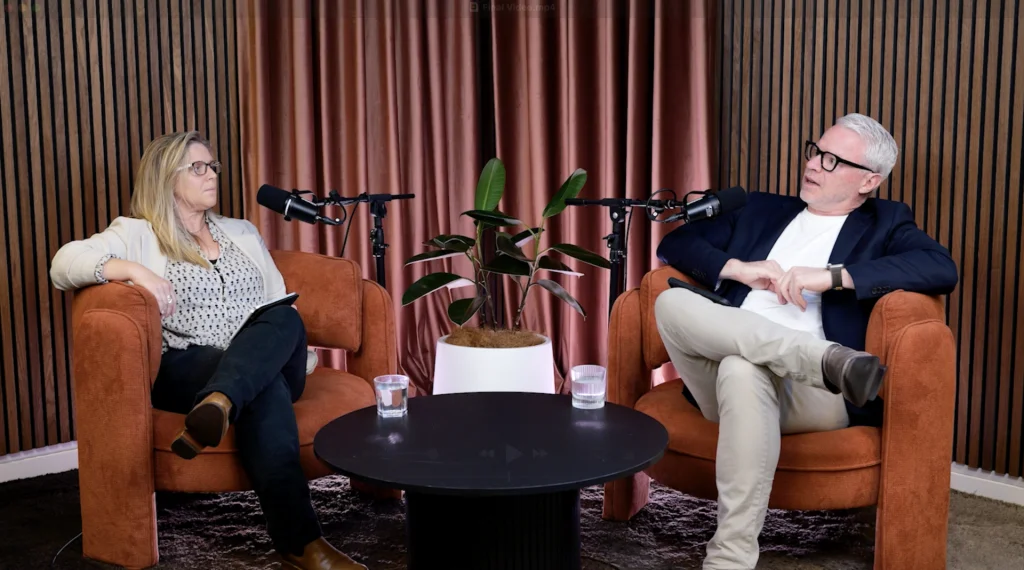Journalists are annoyed when press releases don’t provide a contact number and infuriated when their calls to the named press contact don’t get returned.
Joshua Chaffin (longtime FT, now WSJ) reminded us of this on LinkedIn: “Amazing how difficult it is for a reporter to actually contact a press person since hardly any list an email or phone number anymore – just their various social media ‘handles.’ Me to editor: ‘We couldn’t get a comment but I do think they went on a nice trip recently.’ Please…”
He got a lot of responses in support – 59 comments and 265 likes. Here are a few, followed by my thoughts on this problem from an agency and corporate communications perspective.
Gregory Zuckerman, Special Writer, WSJ: “Don’t even see Twitter handles often, just generic form to send a message, which doesn’t work on deadline.”
Julie Wernau, WSJ: “Press folks – put a phone number in your signature. Our inboxes are overloaded and phone is often the fastest and easiest way to work together. Ten emails can be one five-minute call. If you’re uncomfortable talking to a reporter by phone, you should probably try another career path.”
Ivan Castano (Bloomberg, Forbes, Barron’s, MarketWatch): “Nobody provides any contact anywhere anymore. Might as well write to Santa Claus. You might get a quicker answer :)”
Matthew Boyle, Bloomberg News: “And the very few times there actually is a phone number, you call it and invariably their voice mail is full (b/c they never check it), or they haven’t even set up their VM!”
Nick Huber, veteran tech reporter, ex FT, BBC: “If your phone number and email isn’t on your company’s press office web page or email signature, you’re not a proper press officer/PR. And please don’t bother with the hated “contact us” form!”
Expectations for listed media contacts
The media contact on a release, whether inhouse or agency, is not, in my view, simply someone who can schedule an interview or take a message requesting further information. A booking desk is useless.
Rather they should be capable of broadly discussing the contents of the press release with the reporter on background to increase the reporter’s understanding. That doesn’t mean adding substantial new detail – only the executive/expert cited in a release can generally do that. But it does mean being able to discuss the information, along with options for interviews, contacting third parties, or providing additional information such as visuals and photos.
I am not convinced that every media contact on a business release, inhouse or agency, always reaches this standard. And I’m quite certain that I haven’t.
I see two primary reasons why contacts fall short:
First, being the named media contact is a matter of status or hierarchy in many companies, especially on corporate press releases. It is not always thought of in terms of somebody who will answer the phone if a reporter calls – and that’s especially true when landlines are used.
And sometimes the runaround is deliberate. Many firms have grown skeptical of the media’s value and treat press releases as broadcast tools rather than invitations to engage. By choosing to speak only to outlets like the WSJ, FT, or Bloomberg, they reinforce the shrinking concentration of business news and the very cycle they complain about.
There’s also an unwritten inverse ratio between news and responsiveness – releases that reporters don’t find “newsworthy” get quick responses, while hard/negative corporate news usually means no reply.
Generational and regional differences in phone habits
Inevitably, Boomers and GenX reporters, complained that younger colleagues didn’t want to pick up the phone.
I suspect the trend away from true press release media contacts is more advanced/worse in the US than some other markets, and certainly worse in sectors like tech. The Netherlands, for example, has a tradition of publicly identified spokespeople on specific topics, often working closely with an executive board member. And many trade bodies often have spokespeople whose job is to be quoted, in the manner of the White House press secretary.
There are still many active press offices dealing with incoming media enquiries, including those from press releases, day in, day out. Sectors like retail investment products, and professional services and consultancies tend to be especially active, as well as the higher education sector.
Reporter, call thyself
Some commenters flipped the argument, pointing out that reporters can be just as elusive – often relying on LinkedIn pings instead of using the readily available emails and phone numbers of comms teams.
To end with Norval Scott, Head of PR and Content at CloudNC: “In my past decade of doing PR for some of the UK’s top tech start-ups, the number of calls I’ve taken from reporters (who didn’t have my number already) directly reaching out to me for a story numbers somewhere less than five.
Conversely, when my number has been public on a company website, it’s almost always the only one directly connected to a named person – which means by default you become the receptionist and recipient of every sales call, recruiter, crackpot and event stand builder – and everyone else.
And on the reverse side – as an ex-reporter myself, the amount of reporters who don’t list their number in their signature, answer their phone (if you manage to get their number) or answer relevant emails is truly staggering…
As a reporter here, you are chucking around very sharp stones from a house made entirely from glass.”
If you list your number, answer it. If you can’t, don’t call yourself media contact. And if you’re a reporter, make sure the right people can reach you.
Andrew Marshall runs Cognito Americas






